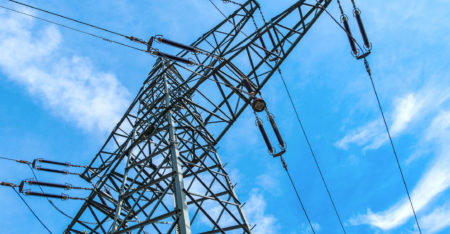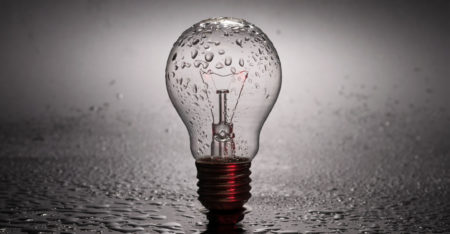Eskom will implement stage-2 rotational load shedding from 4pm on Tuesday, with the power cuts set to continue all day on Wednesday, the state-owned electricity utility said.
Browsing: Energy and sustainability
Tongwei has halted output at a polysilicon factory in China because of flooding, the latest blow to the solar supply chain that has seen rare cost increases this summer due to disruptions.
Due to the unavailability of several generation units, the power system will be severely constrained this week, according to state-owned electricity monopoly Eskom.
South Africa could experience load shedding for the next two to three years if urgent steps are not taken to mitigate against energy shortages, according to new research by the CSIR.
Eskom will continue implementing rotational blackouts on Friday as it struggles with electricity generation problems at several of its plants.
Eskom implemented rotational blackouts on Thursday after it failed to return power generation units to the grid and after additional breakdowns overnight.
Eskom on Wednesday warned that rotational blackouts could return at any moment as its struggled to meet demand for electricity with 11GW in unplanned breakdowns in its generation fleet.
The appointment of a white treasurer at Eskom has become mired in allegations of racism, deepening a political dispute between a rabble-rousing opposition party and a cabinet minister.
Manufacturers all along the solar supply chain have boosted prices in the past month after a 19 July explosion forced the shutdown of a major polysilicon factory in Xinjiang, China.
A pact between South Africa’s government, labour unions and business to cut Eskom’s debt won’t include a pledge to use the pensions of state workers as had been initially proposed.








